Today, when Large Outdoor LED Display Screens are more and more widely used, display technology has become more and more mature with the development of the market economy. Large Outdoor LED Display Screens are used in all walks of life, but people in the non-industry still have very little understanding of Large Outdoor LED Display Screens. When choosing to buy, they will inevitably encounter many problems. Below HTJLED will share with you the inspection standards of the led display screen and cabinet.
The inspection of the Large Outdoor LED Display Screens is very necessary.
First, from the appearance, visual inspection, and hand feel, we can initially see whether there is a problem with the display screen;
Second, there should be no peeling off of the display coating;
Third, check whether the color of the screen is the same, or whether there is any color cast or non-bright phenomenon;
Fourth, the screen printing content should be clear, complete, uniform in color, and free of burrs, defects, tailing, and pollution. The specific content, position, pattern, and font size of all screen printings shall be described in detail by the corresponding drawings, and the manufacturer shall strictly follow The drawing design required for silk screen printing.
P1.25-led-display-Cabinet-187×187.png
Fifth, the color is consistent with the model. There is no obvious color difference under normal eyesight under natural light or fluorescent light. The same batch of products has no color difference. The coating surface is smooth, flat, and uniform. The surface must not have non-dry back sticking, particles, bottom leakage, or hemp. Defects such as spots, flowers, wrinkles, mechanical damage, etc.
Next, HTJLED brings the inspection standard of the LED display cabinet.
There are many inspection methods for the LED display cabinet. The tools generally used are the vernier caliper, tape measure, and level. Box inspection requires that the inspector must strictly inspect the box’s incoming materials one by one in strict accordance with the designer’s drawings to check whether there are few or missing processed parts.
Six points should be paid attention to in the LED display cabinet inspection:
First of all, the deviation of the external dimensions of the LED display cabinet body is not more than 0.5mm, and the difference between the two diagonals is not more than 1mm;
Second, check whether the burrs are removed, whether the sharp corners are blunt, and whether no scratching or stabs are allowed;
Thirdly, each nut and nut post must be re-threaded to ensure that the screw can be locked smoothly;
Fourth, check whether the overall assembly requirements of the LED display cabinet are truthfully processed according to the drawings, and all accessories (such as locks and hinges) must use existing standard parts, and their mechanical strength and sealing performance must be guaranteed during assembly;
Fifth, the welding of the LED display cabinet body must be firmly welded, and there must be no false welding, missing welding, etc., the welding point must be smoothed, the weld must be scraped off, the treatment process must be strictly standard, and the weld must be ground, sealed, and waterproof. Smooth and flat without sharp angles;
Sixth, after punching and welding the LED module holes, the flatness of the front should be guaranteed. The surrounding panels must not be warped or deformed. The flatness error is less than 1MM. The size of the positioning hole on the front panel of the LED display cabinet is strictly controlled, and the aperture size and hole are strictly controlled. The distance error is less than 0.1mm, the X and Y directions of the hole axis should be on the same straight line, the straight line should be perpendicular to the edge of the LED display cabinet, and the verticality should be less than 1mm.
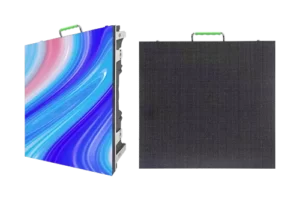


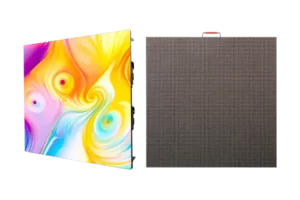
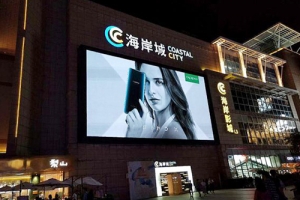


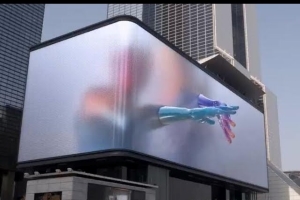
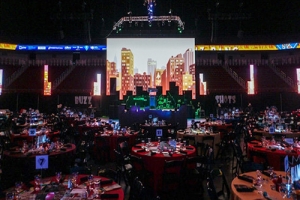

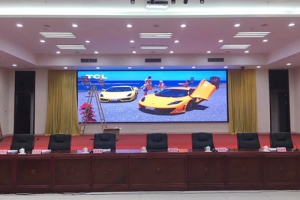
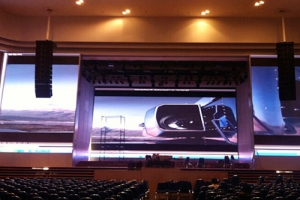
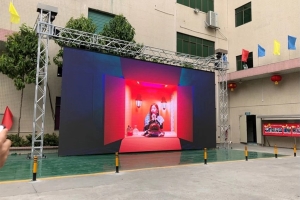
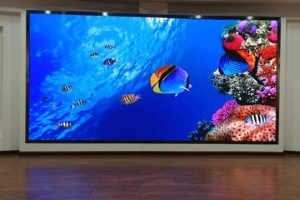
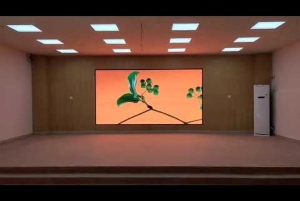
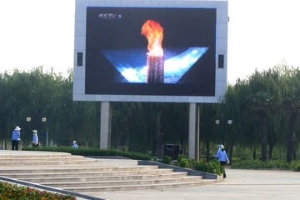


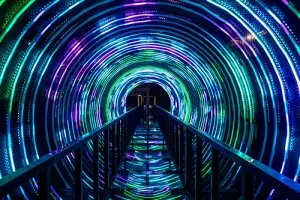


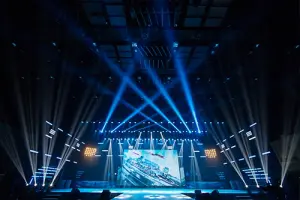
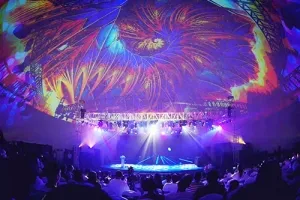
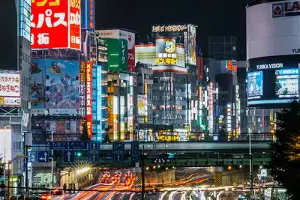
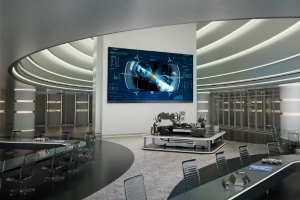



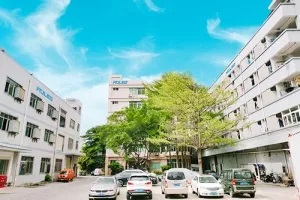


 Language
Language 




